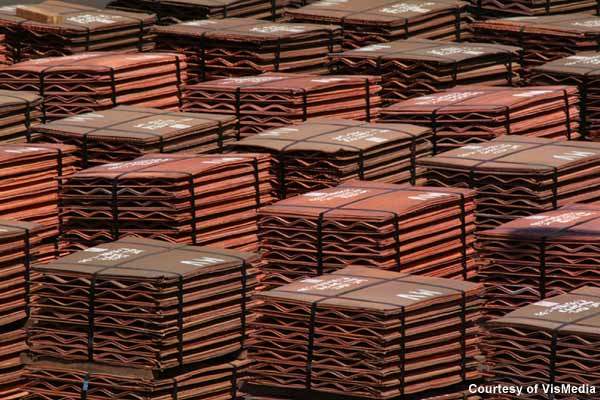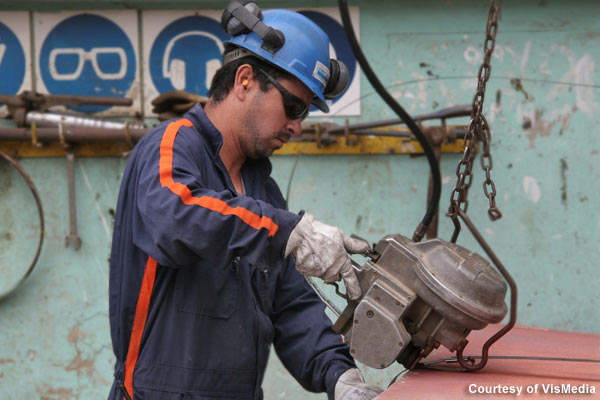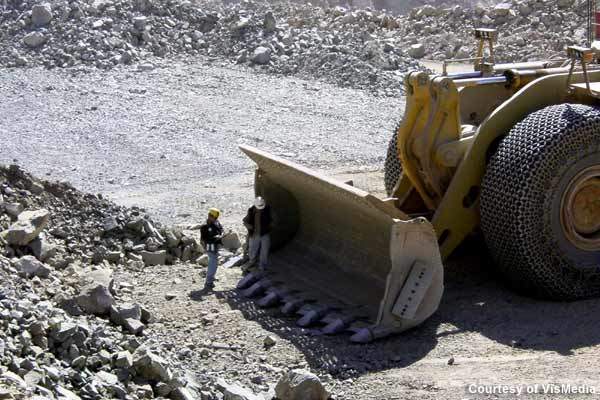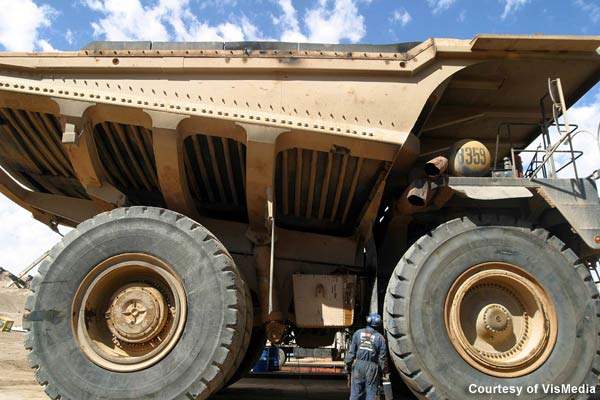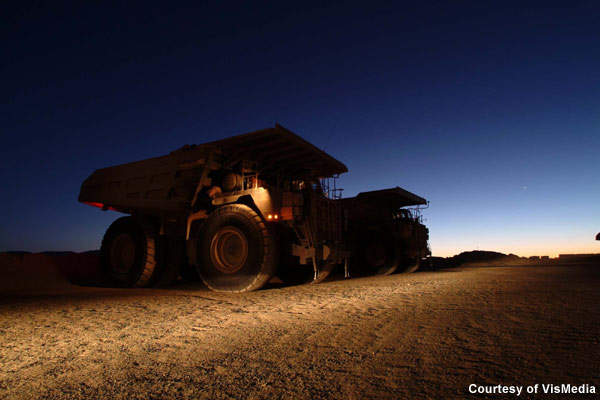The Mantos Blancos copper mine is located 30 miles from the Chilean port city Antofagasta and is 800m above sea level. Anglo American is the owner of the mine; which is one of the company’s six operating divisions in the region.
The Mantos Blancos division includes an open pit mine, crushing plants and installations for processing oxide and sulphide ore. The mine mainly produces copper.
An investment of around $4m has been made for the completion of the construction of projects to install an additional ball mill and increase the speed of three existing mills for the Mantos division. Around $15m has been spent for first stage of work of secondary leaching of ore.
Geology
The Mantos deposit hosts the Jurassic Mantos Blancos ore body. The deposit of Jurassic Volcanic rocks is a magmatic hydrothermal breccia-style copper deposit. It exhibits two superimposed hydrothermal events. The first mineralisation event is associated with a phyllic hydrothermal alteration affecting a rhyolitic dome. The second is related to the intrusion of bimodal stocks and sills inside the deposit.
The ore formation at the project site is genetically related to the second hydrothermal event and mainly consists of hydrothermal breccias, disseminations and stockwork-style mineralisation, associated with sodic alteration.
Production
In 2008, the project reported production of 87,734t fine copper including purity cathodes and copper concentrate. The total production includes 40,914t copper cathodes and 46,820t of copper concentrate.
Mining and processing
The extraction process is carried out on the surface and is followed by the drilling of the rocks at the weakest points. The rocks are broken up and removed by front loaders and wheel dozers.
The ore with a low concentration of copper or molybdenum is stored. Sulphide and oxides found in the mine are reduced to 1.5in pieces and stored in piles.
For sulphide, the grinding process is followed by flotation, which involves milling material until slurry is formed, with particles up to 180 microns in size.
The slurry undergoes another process in which copper and other materials are concentrated in froth. Filtration is done until water content is reduced to 9%. Copper concentrate is obtained by copper mineral flotation. The primary components of copper concentrate are copper, sulphur and iron.
A range of hydrocyclones classifies the final tailing slurry. The majority of material is sent to fine tailing deposits, with the remainder treated in a band filter to obtain material with 20% water content. The material is transported to filtered tailing stores.
The piles formed by oxide material are treated with a sulphuric acid solution to facilitate the chemical reaction in leaching and the agglomeration of fine copper particles. The piles are sprayed with a sulphuric acid water solution to produce copper sulphate solutions. This is run off, purified and concentrated for electrowinning.
The fine solids are separated from the leached material for treatment with solvents. Under the solvent extraction process, the copper is separated and the remaining components are left in aqueous solutions. With electrowinning, the copper is recovered from the solution through electrolysis, producing high-purity cathodes. The plates of high-purity copper cathodes are sent to market.
History
The Mantos Blancos mining company was formed in 1955. Open pit operations began in 1959. During 1961, an oxide ore treatment plan was opened. Underground mine development began in 1974, and in the same year sulphide ore was found.
Anglo American acquired a 40% stake in Mantos in 1980. In 1981, the concentration plant for sulphide ore treatment became operational.
The Santa Barbara pit was opened in 1984 and was integrated with the existing pits. The capacity of the concentration plant at the division was expanded to 3.6mtpa in 1985 to 4.1mtpa in 1993.
The old oxide ore treatment plant, along with the old copper smelter, was closed in 1995.
The treatment of oxide through leaching, solvent extraction and electrowinning was started by Mantos in 1995. The extraction in the underground mine ended in 1996 and Anglo American acquired almost 100% interest in Mantos Blancos in 2000.
Environmental impact
The Mantos project includes environmental protection and community development at the site to overcome environmental issues such as dust suspension and pollution from transported material. The proposal includes a particulate material monitoring measurement system, reduced dust generation through dust suppression, programmed road watering and the capping of fine material deposits.
The proposal also includes training employees and external contractors to handle hazardous substances.
The project received a national award for sustainable development in 2000. In 2004, the project received a National Safety Council award for its low accident rate.
Communication systems
The wireless network at the mine is being upgraded to the Masterlink wireless network of Modular Mining Systems. This helps the mine overcome communication limitations of outdated hardware. Modular was given the upgrade contract in July 2009.
Modular has installed the mining reports system that will synchronise the project’s operations with other Anglo American mines in the region. The project will also be receiving onsite Modular support services.

